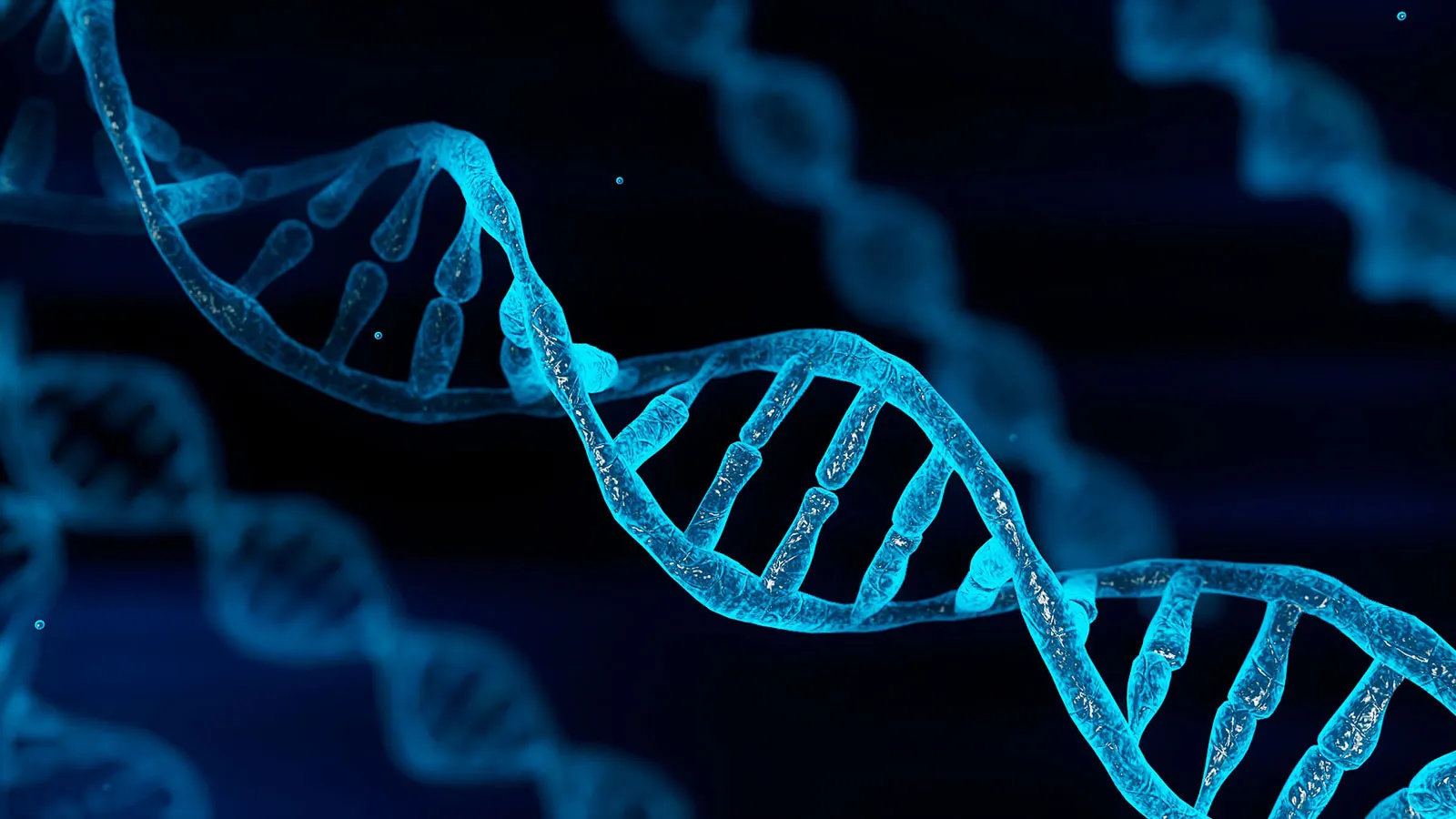How Our Ancient DNA May Be Shaping Your Love for Bread and Pasta Today

If you've ever felt like cutting carbs was an uphill battle, there might be an ancient reason why. It turns out that our genetic makeup may have been gearing us up for a lifetime of bread and pasta cravings long before we started farming.
For quite some time, scientists have known that humans possess multiple copies of the salivary amylase gene (AMY1), which kickstarts the process of digesting starches in our mouths. This gene gives us a head start on breaking down complex carbs found in foods like bread and potatoes, but exactly how and when these gene duplications occurred has been a bit of a mystery—until now.
A new study led by the University at Buffalo and the Jackson Laboratory (JAX) has pushed the timeline of these genetic changes way back, suggesting that AMY1 duplications happened more than 800,000 years ago. Yes, that's way before the dawn of agriculture. It seems that our ancient ancestors—hunter-gatherers, Neanderthals, and Denisovans—were already well-equipped to handle a diet that included starchy foods long before we figured out how to farm.
Decoding the Past: A Genetic Breakthrough
The findings, published in Science on October 17, reveal that the early duplications of the AMY1 gene were more significant than previously believed. Researchers used cutting-edge optical genome mapping and long-read sequencing techniques to meticulously map out the AMY1 region. These methods were essential because traditional short-read sequencing struggled to tell the near-identical copies of this gene apart. With the new technology, scientists could finally get a clearer view of how our AMY1 copies evolved over time.
According to Omer Gokcumen, PhD, a professor at the University at Buffalo and the study's lead author, "The idea is that the more amylase genes you have, the more amylase you can produce, and the more efficiently you can digest starch." In other words, your body might be genetically better suited to handling a slice of pizza than you think.
Ancient Diets: What Hunter-Gatherers and Neanderthals Tell Us
By analyzing the genomes of 68 ancient humans, including a 45,000-year-old individual from Siberia, researchers found that people living thousands of years before agriculture already had four to eight copies of the AMY1 gene in each diploid cell. This wide range indicates that even back then, humans were genetically diverse in their ability to digest starches. The variations weren't limited to modern humans either; Neanderthals and Denisovans carried multiple copies of AMY1, suggesting that this gene's evolution started well before our species diverged.
"This suggests that the AMY1 gene may have first duplicated over 800,000 years ago, far earlier than previously thought," says Kwondo Kim, a lead author from the Lee Lab at JAX. The implications are significant because they show that our ancestors' bodies were already adapting to environments with varying levels of dietary starch.
Evolutionary Ripples: From Ancient Adaptations to Modern Diets
The initial duplication of the AMY1 gene created a genetic opportunity that would shape human evolution. As people migrated to different parts of the world, the number of AMY1 copies provided a flexible adaptation mechanism, allowing our species to thrive in diverse environments. "It was like the first ripple in a pond," says Charikleia Karageorgiou, one of the lead researchers from UB. "Once the amylase locus became unstable after the initial duplication, it began generating new variations."
These genetic ripples continued through the ages, with some ancient populations seeing a significant increase in AMY1 copies, especially as starch-rich diets became more common. For instance, as European farmers embraced agriculture over the past 4,000 years, their average AMY1 copy numbers surged, suggesting that higher gene counts offered an evolutionary advantage.
How Farming Shaped Our Genes—and Our Plates
The shift to farming didn't just change the way we lived; it influenced our biology. Ancient hunter-gatherers had several copies of the AMY1 gene, but the move to agriculture turbocharged the need for starch digestion. The introduction of farming practices about 12,000 years ago brought a marked increase in starch consumption, as people started growing crops like wheat, rice, and potatoes. According to recent research led by the University of California, Berkeley, humans in Europe saw their AMY1 copies rise from an average of four to seven during this period.
Gokcumen's previous work also points out that this genetic adaptation wasn't exclusive to humans. Domesticated animals like dogs and pigs, who lived alongside humans and consumed more starch-heavy diets, also developed higher AMY1 copy numbers than their wild counterparts. Essentially, evolution rewarded those who could make the most of the carbs in their diets, allowing individuals with more AMY1 copies to digest starch more efficiently and potentially have more offspring.
What This Means for Metabolic Health Today
The study doesn't just offer a glimpse into our evolutionary past; it also opens up exciting possibilities for modern health and nutrition. "Understanding AMY1 copy number variation can help us explore its impact on metabolic health and uncover the mechanisms behind starch digestion and glucose metabolism," says Feyza Yilmaz, an associate computational scientist at JAX and a lead author of the study.
In essence, your ability to process carbs might be written in your genes. Future research could provide critical insights into how variations in AMY1 copy numbers affect conditions like diabetes or obesity. It’s possible that individuals with fewer AMY1 copies might be more susceptible to certain metabolic issues due to a less efficient starch digestion process.
Story Source:
Materials provided by University at Buffalo. The original text of this story is licensed under a Creative Commons License. Note: Content may be edited for style and length.
Journal Reference:
- Feyza Yılmaz, Charikleia Karageorgiou, Kwondo Kim, Petar Pajic, Kendra Scheer, Christine R. Beck, Ann-Marie Torregrossa, Charles Lee, Omer Gokcumen, Peter A. Audano, Olanrewaju Austine-Orimoloye, Christine R. Beck, Evan E. Eichler, Pille Hallast, William T. Harvey, Alex R. Hastie, Kendra Hoekzema, Sarah Hunt, Jan O. Korbel, Jennifer Kordosky, Charles Lee, Alexandra P. Lewis, Tobias Marschall, Katherine M. Munson, Andy Pang, Feyza Yilmaz. Reconstruction of the human amylase locus reveals ancient duplications seeding modern-day variation. Science, 2024; DOI: 10.1126/science.adn0609

0 Comments